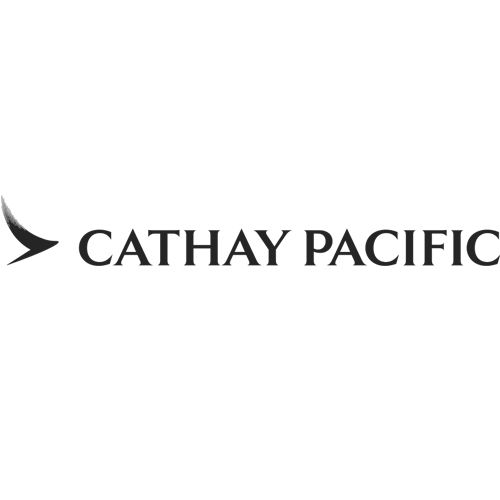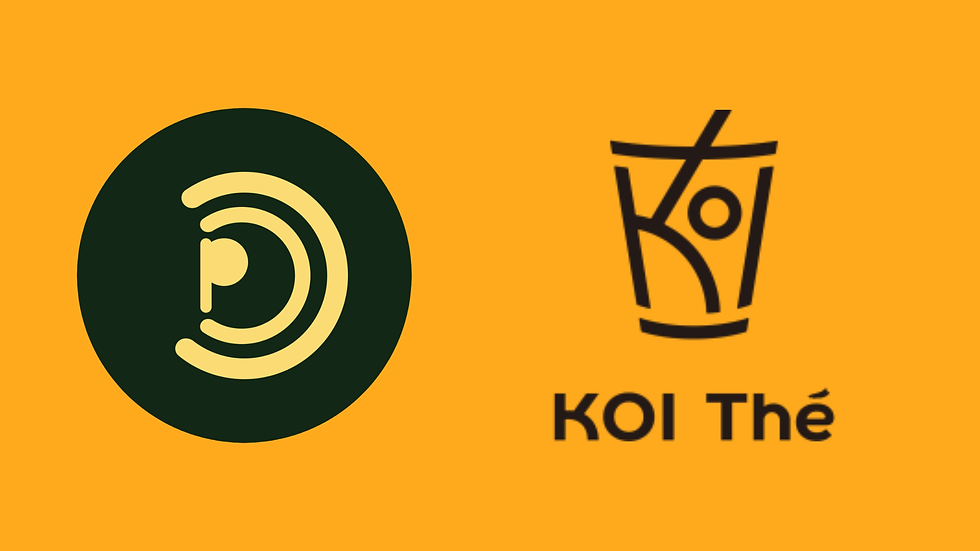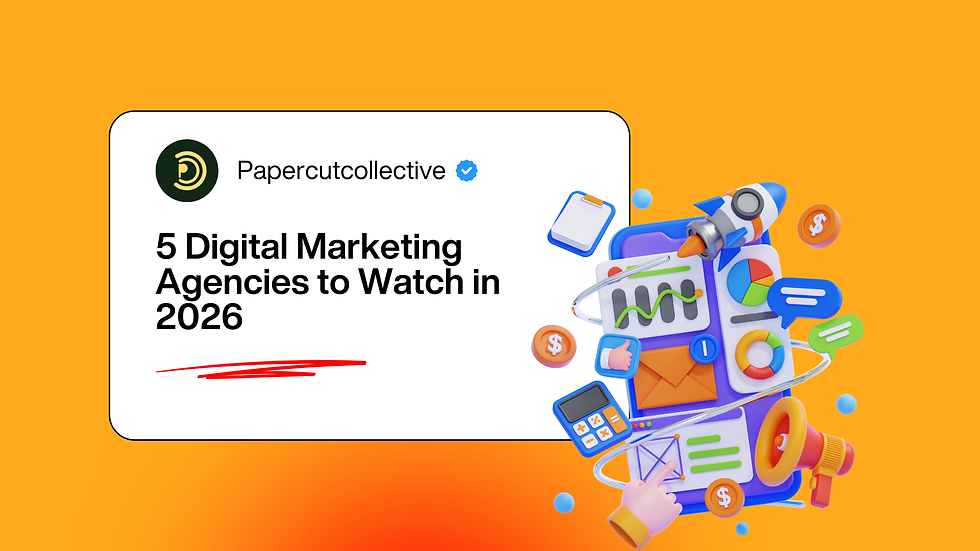SEO Services vs SEM Services in Singapore
- Tsamarah Balqis
- Oct 29
- 5 min read
Updated: Nov 26
If you’re deciding between SEO services and SEM services in Singapore, you’re really choosing between two different growth engines. SEO builds durable, compounding traffic by making sure your site is discoverable and persuasive for the right searches. SEM (paid search, Shopping, YouTube, Performance Max) buys immediate visibility and lets you test messages quickly with precise budget control.

The smartest brands don’t treat them as rivals; they use SEM to learn fast and SEO to compound those learnings into lower long-term acquisition costs. Here’s a practical, no-fluff guide to help you pick the right sequence and the right partner.
What Each Service Actually Delivers
SEO services focus on three pillars:
Technical foundations: Fix crawlability and indexation, speed up Core Web Vitals, implement schema, and eliminate duplicate or faceted-URL bloat. If you operate across SG/MY/ID or EN/CH, proper hreflang and localisation rules help prevent cannibalisation and mis-routing.
Intent-led content: Instead of churning generic blogs, great SEO company singapore prioritises “money pages” service/category pages, comparison pages (“X vs Y”), pricing, and case stories then supports them with guides and internal links.
Ethical authority building: Earn relevant placements and mentions (digital PR, founder commentary, data stories) that point to the pages that actually convert.
SEM services are about precise demand capture and controlled testing:
Search & Shopping: Query strategy, negatives, ad copy and extensions, feed hygiene (titles, images, GTIN), and product-set reporting.
Performance Max & YouTube: Guardrails that protect brand terms, prioritise profitable product sets, and use short proofs to assist conversion.
Governance: Budget pacing, experiments, and weekly cut / keep / scale decisions based on outcomes, not vanity metrics.
Head-to-Head: Speed, Cost, Control, Longevity
Speed to results: SEM shows signal in days and meaningful impact in weeks; SEO agency singapore needs weeks to months, but once the machine turns, it keeps turning.
Cost model: SEM spends media every day you want visibility; SEO spends on production, dev, and PR. Over a quarter or two, SEO usually reduces blended CPA/CAC if money pages convert.
Control: SEM gives tight control over queries, budgets, and tests. SEO controls architecture and messaging but not when the algorithm moves you up.
Shelf life: SEM ends when spend ends. Strong SEO pages keep paying back, and authority compounds.
If your runway is short or you’re testing a new offer, start SEM. If you need durable growth and lower acquisition costs, invest in SEO and ideally let SEM’s data inform what you build.
Choose by Situation: Four Practical Playbooks
B2B / Services (lead gen).Run SEM Search for pricing/compare/near-me terms to fill the top of the pipeline now. In parallel, build SEO BOFU assets comparison pages, pricing explanations, solution pages with proof, and case stories that sales can use. SEM gives you the exact phrases prospects use; SEO company singapore turns those phrases into durable pages that convert without media spend.
Ecommerce (100–3,000 SKUs).Start with advertising agency singapore Shopping/Performance Max plus controlled Search while you clean feed titles, images, GTINs, and product groups. Use early performance to see which product sets win, then upgrade SEO collections and PDPs for those sets (schema, reviews, internal links). Over time, organic share rises where you already proved margin with paid.
New brand / low search volume. Use SEM (and a light YouTube assist) to learn which angle lands. Then publish SEO foundations so your categories and “alternatives” queries rank as awareness grows.
Budget-constrained teams. Run a lean SEM spine on BOFU keywords and build two or three SEO money pages first (pricing, comparison, top service/category). Scale only what proves payback.
What “Good” Actually Looks Like
For SEO:
Crawl/index rules that prevent bloat; Core Web Vitals triage for LCP/CLS.
Structured data where it matters (Product, FAQ, Article, Organization, Breadcrumb).
“Money pages first,” supported by sensible internal linking.
Ethical PR with a clear anchor/internal-link plan.
GA4 non-brand segmentation and page-level outcomes (CVR, revenue/SQLs), not just rankings.
For SEM:
GA4 dedupe and consistent UTMs/content IDs so you measure by idea (hook/offer), not just campaign names.
Lean Search themes and robust negative structure; brand exclusions and priority rules in Performance Max.
Feed hygiene with product-set reporting and promo annotations if you run Shopping.
Intent-mirrored RSAs, short YouTube proofs where they help, and proof-rich landing pages.
Weekly cut / keep / scale notes that move budget into winners.
Budgets & Timelines You Can Plan Around
Lean test (4–6 weeks; ~S$3–8k all-in depending on scope).Stand up BOFU SEM campaigns and upgrade one landing section; run an SEO diagnostic and ship 1–2 money pages. Expect early signal and at least one offer/message you can scale.
Scale cadence (monthly; ~S$8–20k media/production depending on ambition).Broaden SEM non-brand/Shopping and add YouTube assists only where payback holds. For SEO, maintain a money-page cadence with supporting guides and ethical PR. Your goal is a lower blended CPA and a payback window that tightens, not report theatre.
KPIs That Drive Decisions
For SEM, track CPA/CAC, non-brand ROAS, search-term efficiency, product-set profitability, and payback.For SEO, track non-brand sessions, conversion rate, and revenue/SQLs per money page, plus assisted conversions.Then look at a blended sheet: MER (marketing efficiency ratio) and payback period. End every week with a one-liner: cut / keep / scale. If a report doesn’t lead to a decision, it’s decoration.
Common Pitfalls and Fast Fixes
Ad–page mismatch. The ad says “See pricing,” the page hides it. Fix by repeating the promise above the fold, showing price/next step, and placing proof (ratings, logos, guarantees) beside the CTA.
Performance Max cannibalisation. No brand exclusions or priority rules lets PMax swallow cheap branded conversions. Fix governance and promote proven queries into Search for control.
SEO content mills. Publishing for volume without intent wastes crawl budget and budget-budget. Fix by prioritising money pages and linking sensibly.
Measuring in silos. SEM assists SEO and vice versa. Use GA4 to reconcile and move budgets by idea, not channel ego.
Why Many Teams Choose Paper Cut Collective
We’re operators, not deck-makers. On SEM, we capture intent with advertising companies in singapore lean Search/Shopping, sensible PMax guardrails, and proof-rich landers. On SEO, we build money pages first, earn relevant authority, and measure non-brand impact in GA4. Reporting stays simple: leads/sales, MER, payback, and a weekly cut / keep / scale so the next dollar is obvious. Work with us end-to-end or let us be the creative/CRO/SEO spine alongside your current media partner one shared scoreboard, no turf wars.
Summary
If you need results this month, start with SEM and fix your landing clarity. If you need lower acquisition costs for the next 12 months, invest in SEO and let SEM tell you which angles and pages to build first. In Singapore’s compact market, the win isn’t picking sides; it’s running both with discipline, connecting the promise in your ads to the proof on your pages, and making one or two smart budget decisions every week. That’s how you grow without guesswork.
👉 Book a free 20-minute audit at papercutsg.com leave with a neutral plan you can run with us or any vendor.

.png)
.png)
.png)



























.jpg)